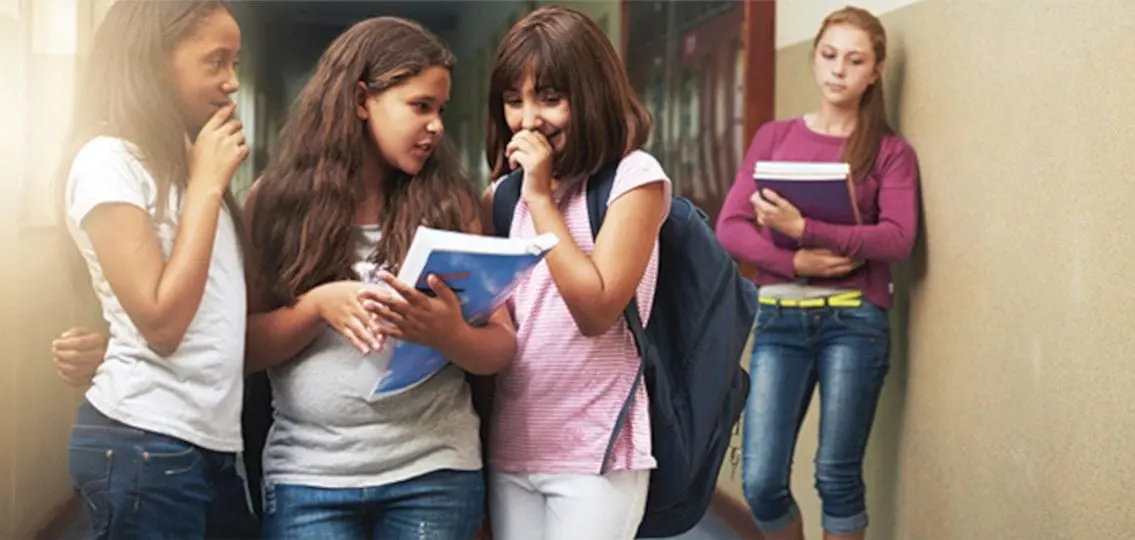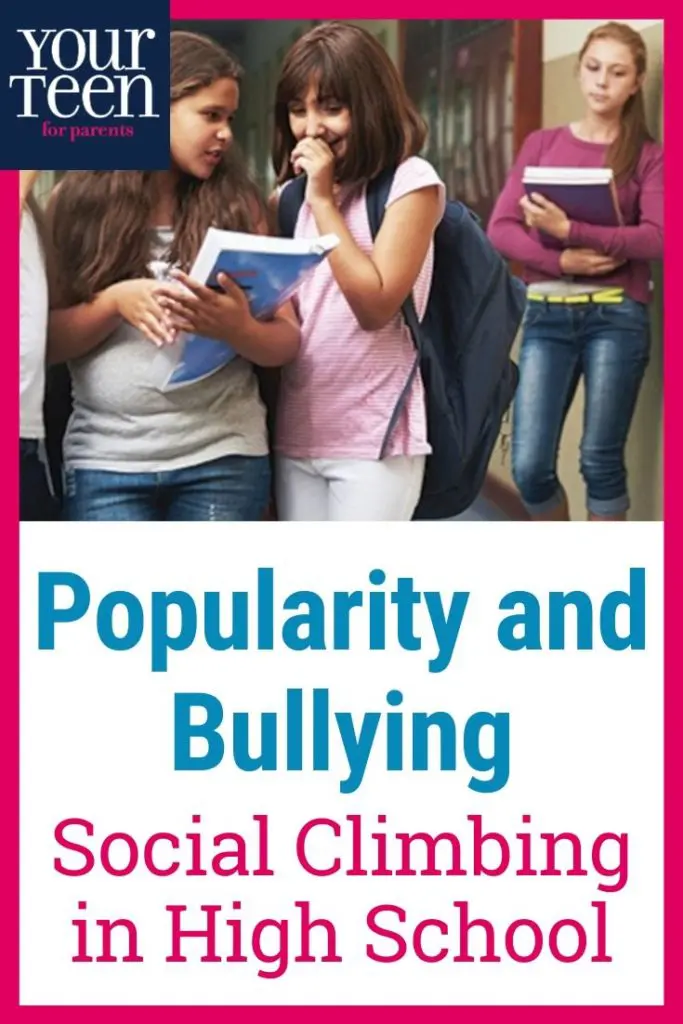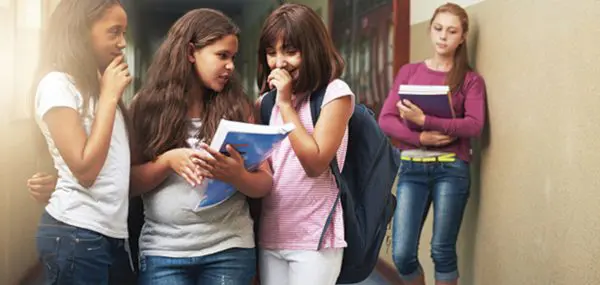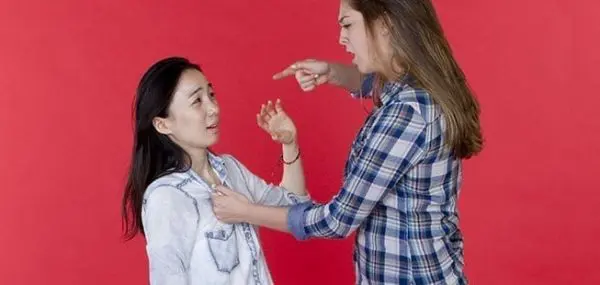One of the toughest issues facing teens revolves around the social ladder and bullying. Teens often feel excluded or insulted by classmates, and it can be difficult—sometimes impossible—for a parent to watch. Your Teen spoke with Robert Faris, professor of sociology at UC Davis, who has studied teen social circles in high schools to shed light on teens, popularity and bullying. His research leads to information that can help schools and parents.
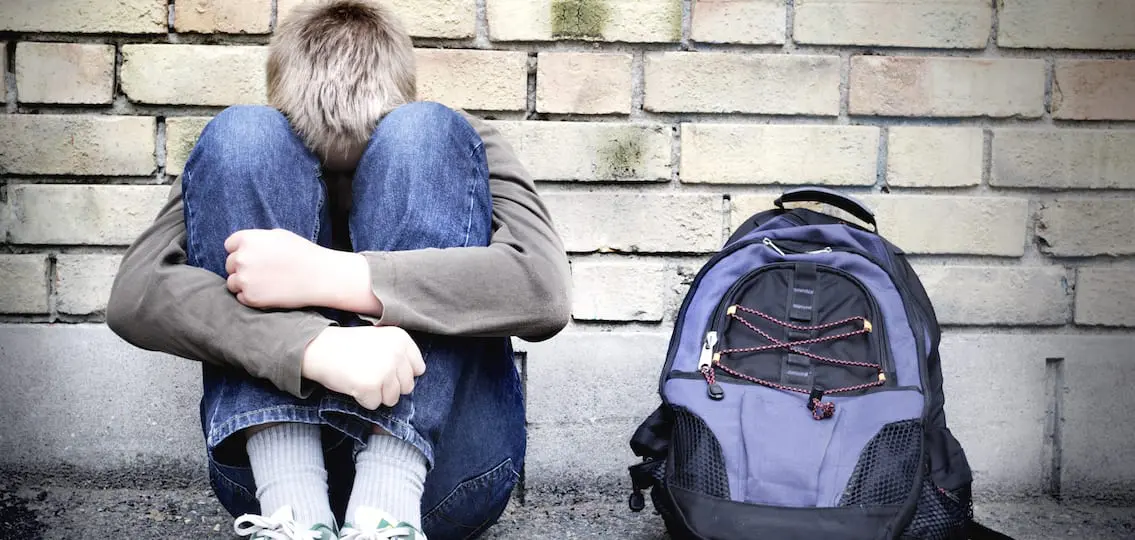
Q: In your research on social webs, can you identify which types of teens rise to the top of the social ladder?
Faris: There are a number of different ways to make it to the top: being physically attractive, being wealthy, and being outstanding at important sports like football, basketball, and cheerleading. These are the most obvious status boosts. But bullying can help a kid rise to the top, especially if they are tactical and target the right type of victim. In our two-year study, the bully who targeted other high status kids, other aggressive kids, or a kid within their own friendship group, was more likely to receive a boost in status. The victim is a stepping stone and probably being stepped on by someone who is in the same social circle.
Q: Do you think these kids wind up peaking in high school?
Faris: As an academic, I find that a comforting possibility. But lots of kids who are special in high school also have the skills to be successful in college and so on. However, I think that kids who are really consumed with status in high school probably don’t do so well later in life.
Q: How does your research identify the web of friendships in high school?
Faris: We ask all the kids to name their friends. From that we create a network of friendships and a social map of the school. The networks generally form a large blob, with a dense inner core and a sparse periphery.
Q: Can you tell someone’s social status from the network?
Faris: Yes. We calculate the number of short paths in terms of friendship lengths between all possible pairs of kids. So a kid who is really central is connecting lots of other kids in the social network.
Q: Does the research give you a sense of whether it’s difficult for teens to make close friends?
Faris: Absolutely. We don’t see incredible rates of reciprocity in our study. One kid names another kid as his best friend and does not get a nomination back. There are fundamental problems with friendships in adolescence, possibly driven by the social climbing culture.
Q: Eighty percent of bully incidents are never reported to adults. Why is that?
Faris: Most kids don’t feel comfortable talking to adults, even their parents, about bullying. They know adults can’t fix the situation and may make it worse. It’s different if your kid is getting beaten up. Under those circumstances, adults can take action. But being excluded or the target of gossip—in those situations, it’s very difficult for adults to intervene in any meaningful way.
Q: How does being bullied impact a teenager?
Faris: There are some kids who have the inner resources to shrug it off and other kids who can’t. In one tragic case, a single incident of spreading a rumor via text led to a boy’s suicide. So the severity of the impact is complicated, and depends on many factors including the characteristics of the victim.
Q: How can a school set rules to deal with bullying if the damage differs based on the victim?
Faris: The rules are independent of the damage. It’s not hard to define malicious behavior. Malicious behavior is different than mean. Kids simply exclude other kids, and it’s mean. But the school can’t make a policy saying that kids have to be friends with everybody.
Q: How can we stop bullying? Do you see a solution to bullying?
Faris: I believe that the solution will come from addressing the root of the problem—social climbing. I don’t think punitive practices will change this meanness because adults don’t see this stuff. I think the kids who are witnessing the bullying must be the solution rather than the parents and schools.
Q: So bystanders are part of the solution?
Faris: I don’t think they have to jump in and take the punch, but there are lots of ways that kids can register that there’s a problem, from walking away and telling an adult to saying something like, “That’s not cool.” We must teach kids to get involved.
Q: Can adults do anything to help?
Faris: My focus is changing the culture of youth in schools. But adults can set the tone. While they can’t catch everything, when they do know something, they can support the victim. But the intervention must be productive. A punitive approach isn’t going to be very successful. Rather than focusing on blaming a kid for bullying, try to change that routine.
Q: Do you think that modern bullying is different nowadays than when we were growing up?
Faris: I think that this aggression may be a function of adolescence. Of course, the one big difference is the internet. That 24/7 exposure makes everything worse.
Q: Is any of this beneficial for emotional growth?
Faris: Absolutely. It’s important for kids to experience painful things. Teens can learn from these experiences, but only if the teen has social support. Probably every kid has experienced what feels like a betrayal from a friend. It’s part of life, and it’s part of learning what it means to be a good friend. Those relationship lessons will apply throughout life.

Q: Do you have any advice for how teens can deal with tough social situations?
Faris: Have friends outside of school who you can turn to for support when things become traumatic and chaotic at school. Having a broad-based, large network of friends from different activities or institutions can make a difference. For kids getting bullied, having a good friend can really reduce the anguish that it causes.
